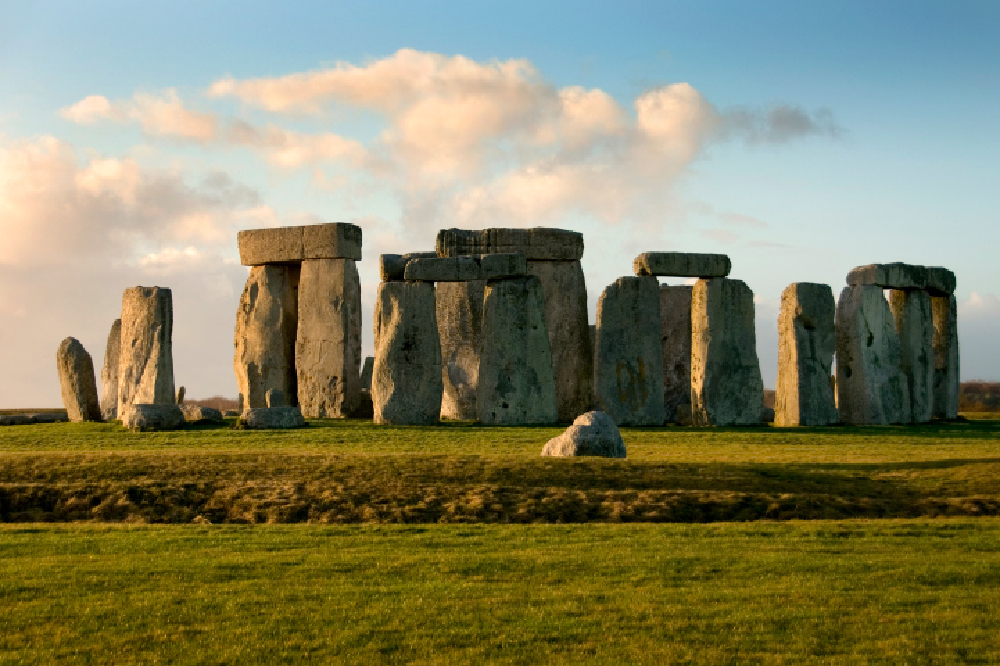Archaeologists have unearthed close to 100 stone monoliths less than two miles from Stonehenge, and believe that they may have been part of the largest Neolithic monument built in Britain.

Stonehenge
The Durrington Walls 'superhenge', thought to have been a Neolithic ritual site, was built around 4,500 years ago and some of the stones measure nearly 15ft.
Scientists from the Stonehenge Hidden Landscapes team had been creating an underground map of the area in a five-year project. They revealed evidence of nearly 100 stones buried under three feet of earth using remote sensing and geophysical imaging technology.
One of the project's leaders, Professor Vince Gaffney of the University of Bradford, has said that the site is a "remarkable" find.
"We're looking at one of the largest stone monuments in Europe and it has been under our noses for something like 4,000 years. We don't think there's anything quite like this anywhere else in the world. This is completely new and the scale is extraordinary," he said.

